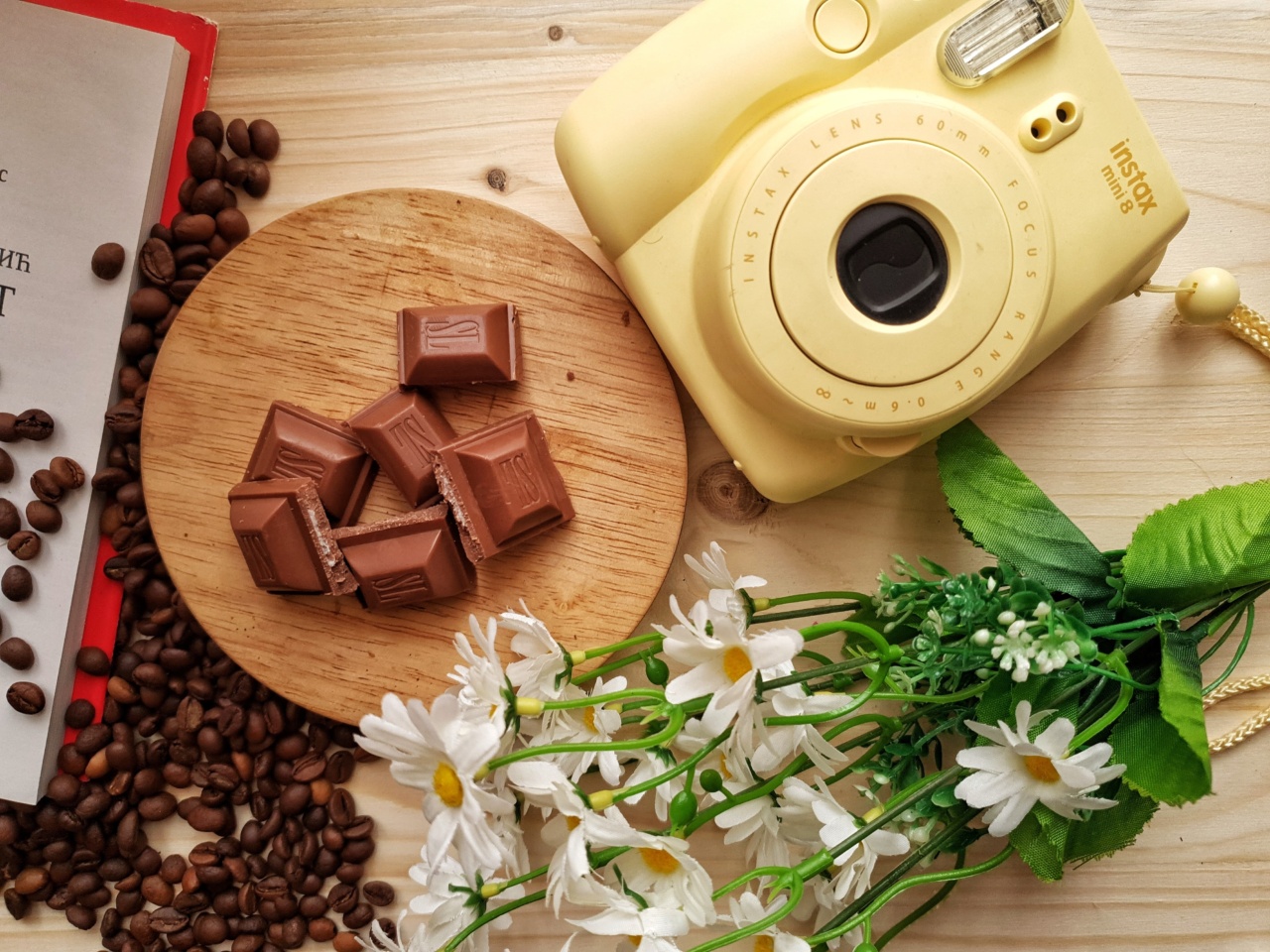Getting stung by a bee can be a painful and unsettling experience. The venom injected into the skin can cause immediate pain, swelling, and redness. In some cases, it can even trigger an allergic reaction that requires immediate medical attention.
While seeking professional help is crucial in severe cases, there are several natural remedies that can provide instant relief from bee stings. These remedies can help reduce pain, swelling, and inflammation, allowing you to recover from the sting in a more natural and soothing way.
1. Remove the Stinger
After being stung by a bee, the first step to finding relief is to remove the stinger. Honeybees leave their stingers behind when they sting, while other bees may not.
To remove the stinger, gently scrape it off the skin using a blunt object, like a credit card or your fingernail. Avoid pinching or squeezing the stinger, as it can inject more venom into your skin.
2. Wash the Sting Area
Once the stinger is removed, wash the affected area with mild soap and water. This helps to clean the area and reduce the risk of infection. Gently pat the area dry with a clean towel.
3. Apply a Cold Compress
A cold compress can help alleviate pain and reduce swelling caused by a bee sting. Wrap a few ice cubes in a thin cloth or use a cold pack and place it on the sting area for about 15 minutes.
Repeat this process several times throughout the day to find relief from discomfort.
4. Use Baking Soda
Baking soda is known for its soothing properties and can provide relief from bee sting symptoms. Create a paste by mixing baking soda with a small amount of water until it forms a thick consistency.
Apply the paste directly to the sting area and leave it on for about 10 minutes before rinsing it off. Baking soda helps neutralize the acidic venom and reduce pain and itching.
5. Try Honey
Honey has natural antibacterial and anti-inflammatory properties that can help soothe bee stings. Apply a small amount of honey directly to the affected area and gently massage it in. Leave it on for about 30 minutes before rinsing it off.
Honey can help reduce pain, inflammation, and swelling.
6. Apply Aloe Vera
Aloe vera is well-known for its healing properties and can provide instant relief from bee stings. Cut a fresh aloe vera leaf and squeeze out the gel. Apply the gel directly to the sting area and gently massage it in.
Leave it on for about 20 minutes before rinsing it off. Aloe vera helps reduce pain, itching, and swelling, while promoting healing.
7. Use Lavender Essential Oil
Lavender essential oil has calming and anti-inflammatory properties that can help alleviate bee sting symptoms. Dilute a few drops of lavender essential oil with a carrier oil, such as coconut oil or almond oil.
Apply the mixture directly to the sting area and gently massage it in. Leave it on for about 15 minutes before washing it off. Lavender essential oil can help reduce pain, itching, and swelling.
8. Apply Witch Hazel
Witch hazel is a natural astringent with anti-inflammatory properties that can provide quick relief from bee stings. Soak a cotton ball with witch hazel and apply it directly to the sting area. Leave it on for about 10 minutes before removing it.
Witch hazel can help reduce pain, swelling, and itching.
9. Use Apple Cider Vinegar
Apple cider vinegar is a popular home remedy for various skin conditions, including bee stings. Soak a cotton ball with apple cider vinegar and gently apply it to the sting area. Leave it on for about 15 minutes before rinsing it off.
The acidic nature of apple cider vinegar can help neutralize the venom and relieve pain and itching.
10. Take Over-the-Counter Pain Relievers
If the pain and discomfort from the bee sting persist, consider taking over-the-counter pain relievers, such as ibuprofen or acetaminophen.
Follow the dosage instructions provided on the packaging and consult with a healthcare professional if you have any underlying medical conditions or are taking other medications.
While these natural treatments can provide instant relief from bee stings, it is important to monitor your symptoms closely.
If you experience severe allergic reactions, difficulty breathing, or swelling in the face or throat, seek immediate medical attention. Bee stings can be life-threatening for individuals with severe allergic reactions, so it’s crucial to take any potential allergies seriously and be prepared with an epinephrine auto-injector if necessary.
Remember, prevention is always better than cure. Take precautions to avoid bee stings by wearing protective clothing, avoiding brightly colored clothing and floral fragrances, and staying calm around bees.
If you frequently encounter bees or have a known allergy, consult with an allergist to discuss potential treatments and preventive measures.






























